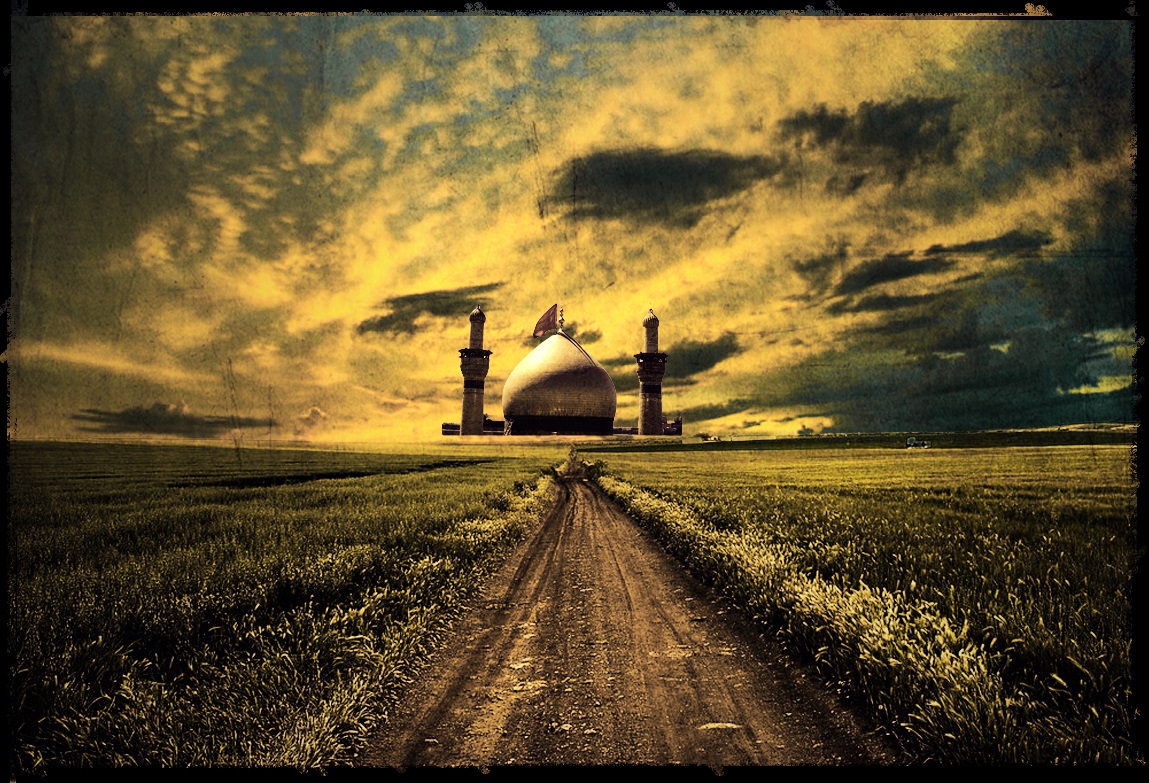The Ottoman Empire gave great importance to agriculture in Iraq, as it enacted many laws and legislations for this purpose.
Some of those laws were the "Land Law" issued on April 21, 1858 AD, and the "Land Registry System" on December 14, 1858 AD. The Ottoman Empire also issued on January 27, 1864 AD, special instructions for the positions of agricultural administrators in the Ottoman-ruled-provinces, among of which the Karbala district, which has large agricultural lands and high fertility distributed as (22332) acres for palm groves, (7500) acres for farms, and (2200) for the plains in the District's main towns "District center, Al-Hindiya, Al-Najaf".
According to the statistics of 1890 AD, the most important crops cultivated back then were wheat, barley, rice, beans, melons, watermelons, apricots, pomegranates, grapes and lemons, while vegetables were grown in all areas of the district.
Source:
Mawsueat Karbala Al-Hadharia, Al-Mihwar Al-Tarikhi, Qism Al-Ttarikh Al-Hadith Wal Muasir, [Vol. 8. p. 61-64].

